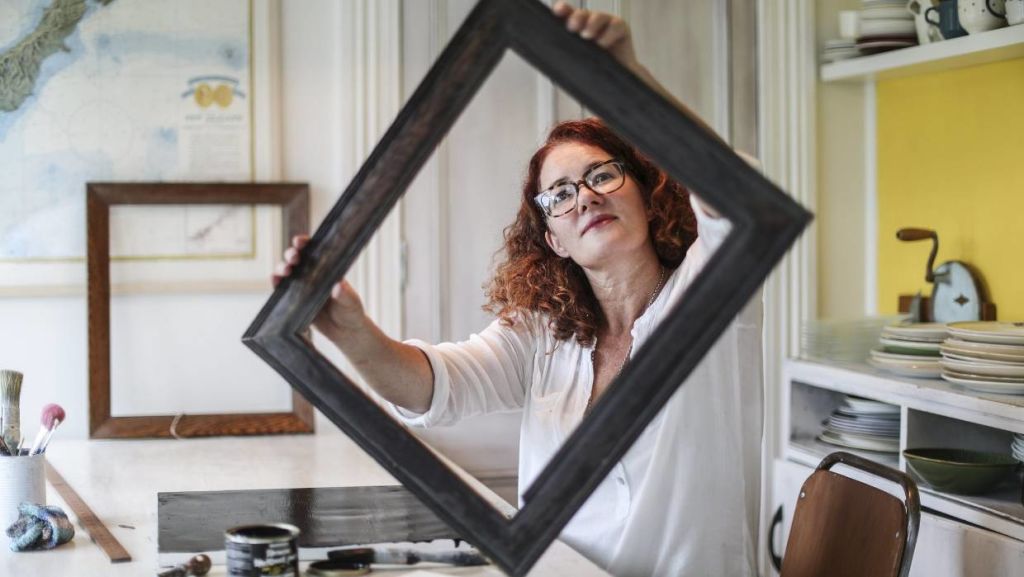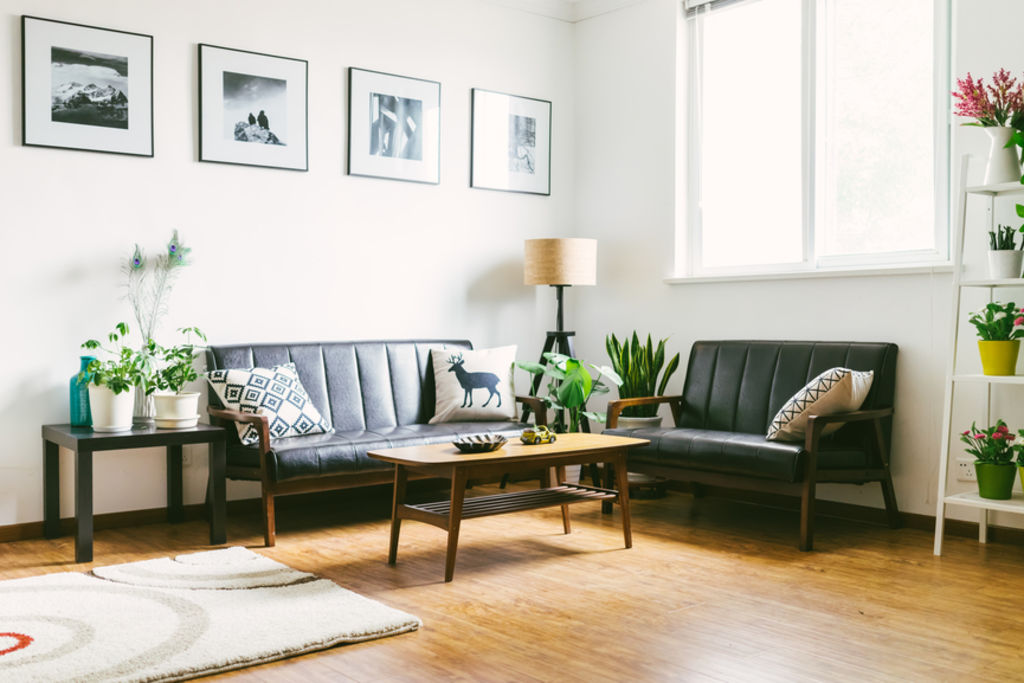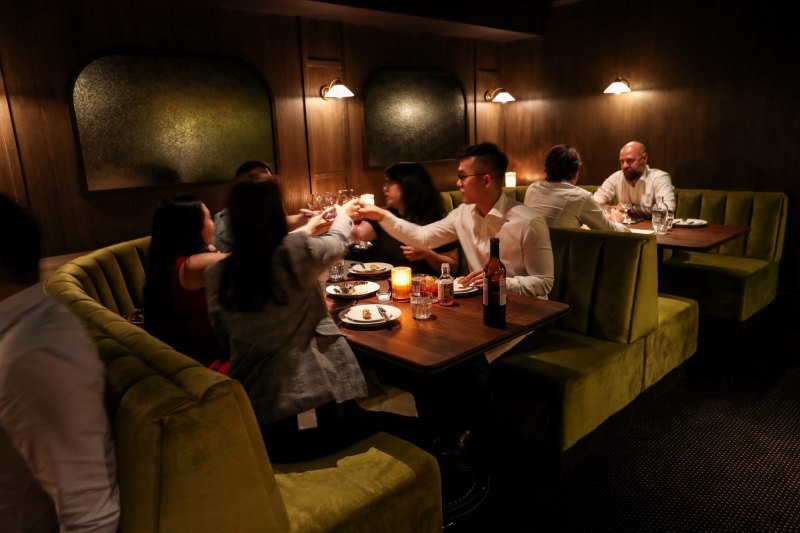Why you don't need to buy new stuff for your home

We all know we need to buy and consume less in order to save the planet, but it can be tricky to stick to environmental ideas when tempted by something new and shiny. There are options though, other than just buying what is in fashion at the time.
Upcycle
While this one can take a bit of time, there is no reason you can’t pick up a piece of secondhand furniture, give it a coat of paint or re-upholster it and call it brand new. You can literally find a piece of furniture on the side of the road for free, take it back home and give it a whole new life.
It pays to hunt on Facebook Marketplace to find free furniture that people no longer want. My entire lounge at my previous flat was furnished with four floral couches, which cost just $35.
Professional upcycler and author of Upcycling With Style Sarah Heeringa lives in a home in which almost everything is enjoying a second lease on life.
“Buying secondhand and upcycling takes a bit more imagination,” she says. “But I tend to think the end result is much more interesting if you can follow your own instincts rather than the fickle whims of fashion.”

Rent your furniture
You can rent TVs, washing machines and appliances, so why not rent furniture? There’s less commitment, less stress when it comes to moving and the impact you leave on the planet is minimised.
It also means instead of furnishing an entire house cheaply with things that won’t last past five years, you can wait and buy things of the right dimensions that will last, when you’re ready to put down some roots.
Go vintage
Being stylish doesn’t go hand in hand with buying new – vintage is most definitely in vogue.
Secondhand and charity stores like The Salvation Army and St Vincent de Paul are of course great places to start. But if you are looking for something a little more high end, and have a slightly higher budget, there are great stores who have done the trawling for you and have curated collections in store.
A pro tip is to head out of the cities in search of undiscovered gems, where you have a higher chance of nabbing that something special.

Need vs want
Consumerism really weighs down our wallets and hurts the environment too. So, it’s worth asking yourself if you need that latest homeware before you pay for it.
We need the things that are pivotal to our survival – food, water and shelter. Beyond that try to break the habit of buying something just because you want it and can afford to. This is the kind of thinking that minimalists have when it comes to their homes
Cheap, easily-assembled, and stylish flat-pack furniture is pitched as a quick way to furnish an entire home without spending a fortune. But is this really the case?
I bought a mass-produced set of drawers on a whim after moving. They fell apart three times before I gave up and bought a better-quality secondhand set instead. Three years later that pre-loved set is still going strong.
Director of Industrial Design NZ Paul Roest says all too we’re often caught up with wanting to keep up with the Joneses. We know that’s not good economics.
Roest would like to see more reusing of materials from demolished buildings in a bid to be more sustainable and kinder to the planet. He also favours upcycling and buying secondhand because it’s better for our country’s economy and eliminates the risk of something produced in an unethical manner elsewhere.
“It’s like the old Russian saying, ‘I’m too poor to buy cheap’,” he said.
- This story originally appeared on stuff.co.nz
We recommend
We thought you might like
States
Capital Cities
Capital Cities - Rentals
Popular Areas
Allhomes
More







